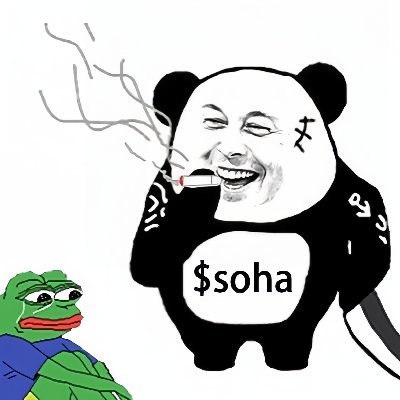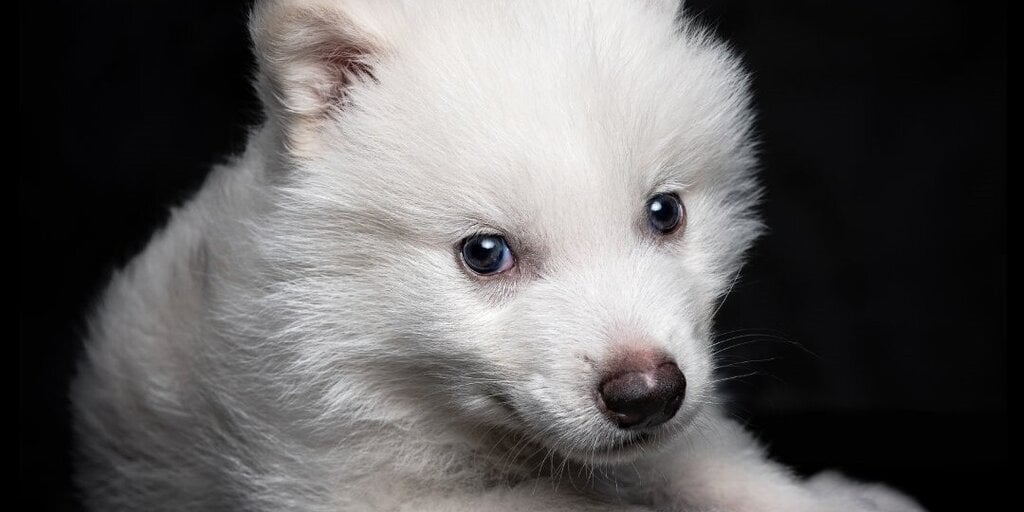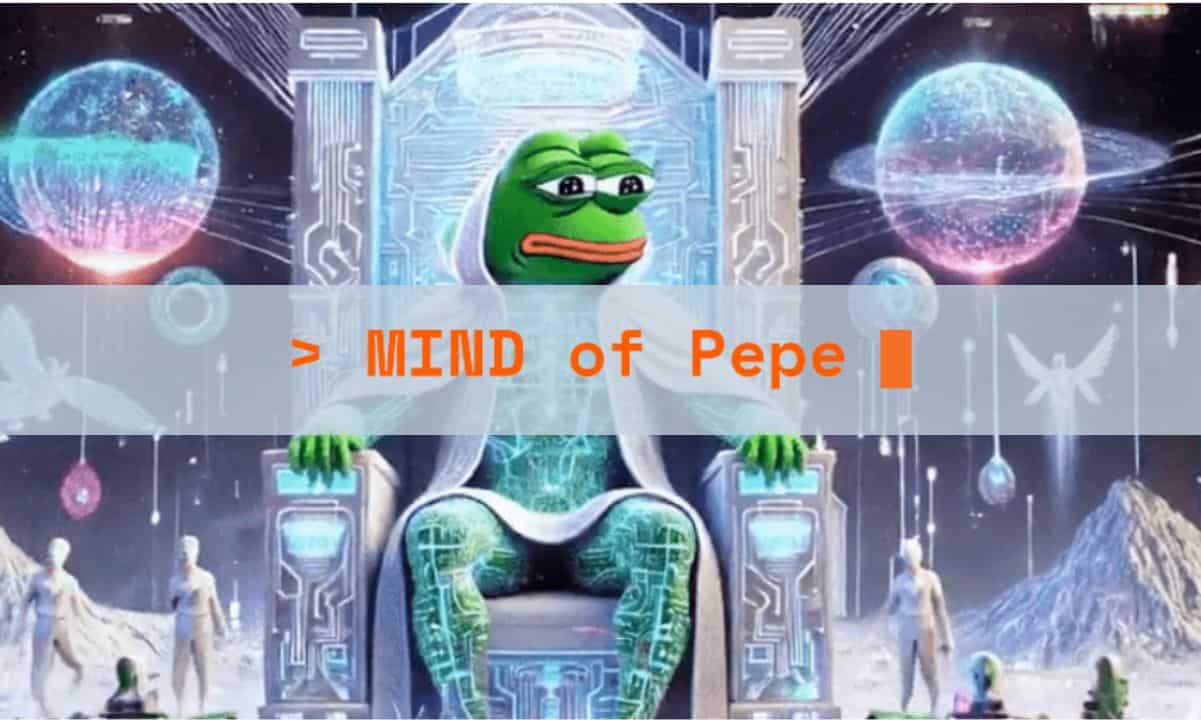The dire wolf went extinct over 10,000 years ago, but on Monday, scientists for genetics firm Colossal Biosciences announced that they had revived the breed.
Inevitably, dog-happy meme coin traders pounced on the news, pumping one Solana token linked to the pups to a market capitalization of $13.61 million.
Soon after a New Yorker article announcing the news of the dire wolf's “de-extinction” was posted, New Ancient DNA Cloned Wolf (REMUS) was created on Pump.fun. The token remained dormant for five hours before skyrocketing to a $13.33 million market cap in a nine hour timeframe, as the news spread and it appeared that the community had taken control of the project—in what is called a CTO, for community takeover.
Although it peaked at a $13.33 million market cap, Remus initially followed the familiar trajectory of many new meme coins, retracing 67.8% to $4.3 million over the next seven hours. The token continues to see significant volatility, with its market cap surging to a new all-time high of $13.61 million before dropping to its current value of $6.2 million, according to DEX Screener. One lucky trader netted a profit of $108,700 from just $1,000.
Other meme coins dedicated to Remus’ siblings Romulus and Khaleesi also appeared, although they attracted significantly less interest, peaking at just $2.11 million and $786,000 respectively.
What are dire wolves?
Dire wolves once roamed the Americas but went extinct approximately 10,000 to 13,000 years ago, due to a combination of climate change, disease, and possibly even a large comet hitting earth. The species, characterized by their larger size, snowy white coat color, and strong bite, shot into the mainstream after featuring in the fantasy TV series “Game of Thrones.”
American company Colossal Biosciences claims to have revived the species thanks to advancements in genetic engineering.
The firm looked at DNA from a 13,000 old tooth and 72,000 year old skull to identify the genetic differences when compared to its closest living relative, the gray wolf—these differences are responsible for the dire wolves' unique characteristics. Colossal’s lab then edited the genes in the DNA of gray wolf cells to resemble those of a dire wolf; next, the cells were inserted into a gray wolf ova which then grew into an embryo and transferred into the wombs of two surrogate domestic hound mothers, a Time article explained.
That said, some experts have disputed Colossal's claims, with zoologist Philip Seddon from the University of Otago, New Zealand telling the BBC that these animals shouldn’t be considered dire wolves but "genetically modified grey wolves".
The twin pups Remus and Romulus were soon followed by a sister Khaleesi—named after the “Game of Thrones” princess—a few months later. Already, at just six and three months old, the pups have been displaying behaviors they would need to survive in the wild—howling, stalking, and hunting. Currently Remus is only 4 foot long and 80 pounds but is expected togrow to 6 foot and 150 pounds.
As news of Colossal’s announcement spread, the internet fawned over the pups, with the likes of Elon Musk and Joe Rogan tweeting about the news.
Bad news for degens wanting more dire wolf tokens: the animals won’t be allowed to breed—they are technically siblings—and will be held within a Colossal two-thousand-acre plot guarded by a ten-foot-high security fence and monitored by drones. So, we shouldn’t expect Moo Deng level content to come from those visiting the pups.
What is Colossal Biosciences?
Founded in 2021 by Ben Lamm and George Church, Colossal Biosciences set out on the mission to genetically resurrect a woolly mammoth—launching with $15 million worth of private funding.
Colossal then raised over $200 million in a Series C funding round in January, led by TWG Global with participation. According to site, the firm has attracted investment from the likes of Winklevoss Capital, Breyer Capital, as well as crypto firm Animoca Brands.
By March of this year, Colossal had copied woolly mammoth DNA to create a woolly mouse—which also spawned a Solana meme coin that touched a market cap of $3.3 million. The firm claims that techniques learned during this process could help prevent existing animals from slipping into extinction, by enabling them to adapt to the challenges they face.
Colossal has also earmarked the woolly mammoth, the dodo, and the Tasmanian tiger for the company’s future “de-extinction” plans—which could prompt yet more meme coin madness.
















No comments yet